Open letter to Christchurch
Rebuilding Christchurch brings an opportunity most cities never get: to breathe new life into the Central City, to recreate Christchurch as a world leading exemplar of sustainable, modern living. Since I was brought on board as a judge in the upcoming Breathe design competition, I’ve been carefully following plans for the city’s redevelopment and the resulting conversations it has sparked.
In this open letter to Christchurch, I’d like to offer my perspective on the Christchurch Central Recovery Plan. In particular, I’d like to address Rod Oram’s concern that “Nothing in the plan distinguishes Christchurch from the pack.
So what’s missing? When you look around other world leading cities, there are a few things not fully explored in the Central Recovery Plan, the most important of which is a serious dose of people power. The Plan is ambitious but, given human nature and the natural course of events, the resulting rebuilt city will inevitably have several degrees of compromise built into it. The path to achieving the very best possible is to involve the people who will populate the place and make it their own and to help them evince an even more powerful ambition.
I recently read Tāone Tupu Ora, a New Zealand Centre for Sustainable Cities publication edited by Keriata Stuart and Michelle Thompson-Fawcett. This book brings together themes of indigenous knowledge, Māori urban design principles, micro-urbanism, the development of Māori land, papakāinga and puts together a case for why and how mātauranga Māori (traditional knowledge) can be part of better urban development. I was struck at the similarity in approach of the Māori urban design principles for papakāinga development and some of the principles of One Planet Living (as developed by World Wildlife Fund and BioRegional), for example, Health and Happiness, Culture and Community, and Land Use and Wildlife. One Planet Living is an acceptable, proven and westernised set of guiding principles towards sustainability - even the London Olympics adopted it into their sustainability strategy.
However, One Planet Living does not set out a route to achieve its objectives. So colleagues of mine have worked with the British government to establish guidelines for inclusive design consultation that have eventually made their way into a very progressive and new National Planning Policy Framework. The table of Māori principles has the potential to amplify and enrich that process of consultation and I believe it could form a matrix for Canterbury’s public consultation processes that might lead projects towards One Planet Living objectives or something even richer: a sustainability roadmap unique to Christchurch.
I'm particularly concerned to see the following phrase in the Central Recovery Plan:
“Except in relation to urban design matters in the Core, the Christchurch City Council will continue as central Christchurch's principal planning authority..”
This suggests an over-arching hidden hand controlling design and development in the Core. So it also suggests emasculation of any local say or community involvement at a time when community consultation and empowerment in the implementation of the Plan could produce a truly rounded and properly sustainable outcome. I appreciate that the Central Recovery Plan incorporates a huge amount of existing consultation but, here in the UK, we are moving towards an inclusive design process that is not just about consultation but involves residents and key non-professional and cultural stakeholders in every step of the design process. While this is a difficult concept, true social sustainability happens through sharing.
Food gets a mention in the Central Recovery Plan, but there is little mention of how the city might accommodate food growing within its confines, or how local food networks might operate or be plugged into the city's transport strategy. In my company Hab's developments, we’re focussing on fruity streets, edible hedgerows, orchard car parks and even green, food-producing perimeter fencing! Is there capacity in the Plan for this and for shared food growing in community greenhouses, polytunnels and kitchen gardens? An urban farm – or at least larger food growing areas in public parks – will be an essential part of any resilient city of the future and will help re-establish connection with place, natural resources and locally distinctive and viable food products and crops.
It's good to see the suggestion of independent energy production and I believe the Christchurch Agency for Energy has an important role to play in demonstrating how energy production could be different. However, in a sustainability plan, you'd expect to see a proposal for the way energy production plugs into the surrounding landscape and resources, be they biomass, wind, wave, solar or tidal. Energy crop production has a particularly complementary role to local and regional food production, so the Plan should address how that dynamic could be balanced.
Transport is also touched on but not ambitiously explored. There is no mention of trams and little on reducing car use. Christchurch is a flat city in which bicycle use could be revolutionary. Car clubs, car sharing, bike clubs and electric bike clubs might become the norm. The river might not simply become a bike and pedestrian route but also a busy piece of waterway infrastructure bringing food into the city and removing its waste out to the surrounding productive landscape. How much of the city centre might be pedestrianised and how much of its public realm organised as 'shared space' between all users? As an example of what can be done, the city of Freiburg in Germany has produced its own Charter for Sustainable Urbanism which sets out twelve principles for ‘sustainable urbanism’, drawing together ideas of diversity, tolerance, walkability, good public transport, high quality design and more.
One of the least attractive words that keeps popping up in the CRP is zoning. Clearly there needs to be organisation and clustering of activities to some degree, and the idea of the city centre is essential. However, it is possible to produce the same clustering results by organising the architecture and the public realm hierarchically, with different building heights and massing for different areas. This, of course, results in some bleeding: residents move into buildings designed primarily for offices and vice-versa; people build houses in between the low-rise offices; artisans and shop owners live above their work-place. Of course all this is absolutely desirable - it's what makes Shoreditch in London or central Paris or the CBD of Melbourne energetic and vibrant places. It's all down to the accidental, the seeding of places with lots of mixed uses and the creation of the connective tissue of sustainability. The problem with zoning is that it so often works as a straightjacket. And it’s another reason why local say and community involvement are so important.
Finally, what of other One Planet Living objectives such as zero carbon and zero waste? Could Christchurch become a zero carbon and zero waste city by 2050? Freiburg has set a target of cutting carbon dioxide emissions by 40% by 2030, and being climate neutral by 2050. Malmo (Sweden) is aiming to be powered by 100% renewable energy by the year 2030 and boast the first carbon neutral neighbourhood in Europe. BedZED (UK) is a large-scale carbon neutral or zero fossil energy development, aiming to meet all its energy demands from renewable energy generated on site. Could Christchurch become another such exemplar of 21st century sustainability? That would certainly attract the world's attention to Christchurch and turn the Central Recovery Plan into a true vision for the future.
My hope is that you, the people who live in and love Christchurch, are able to find the voice to explore and drive through the best possible ideas. And, in so doing, perhaps it'll be possible to convey to the world a story and a setting for one of the most exciting urban design projects of the 21st century.









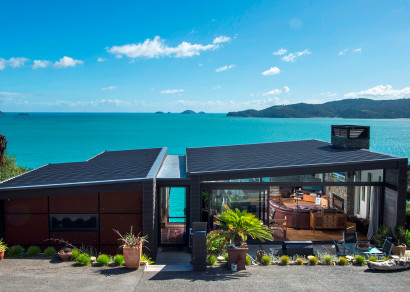



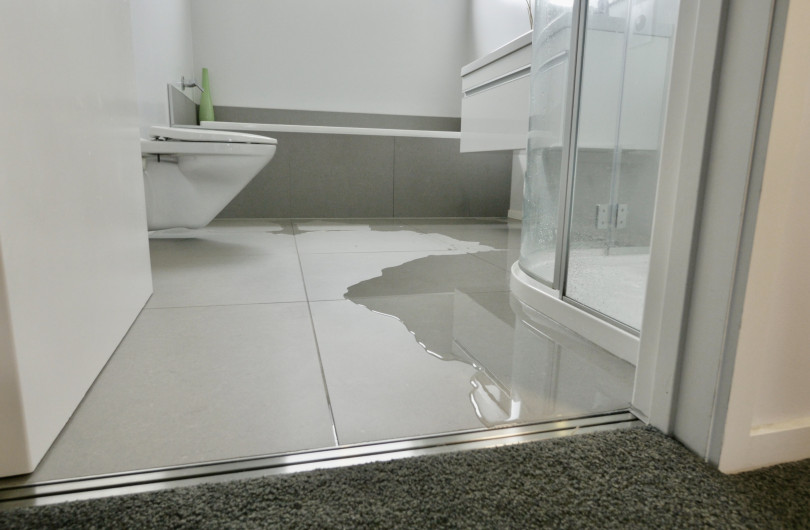
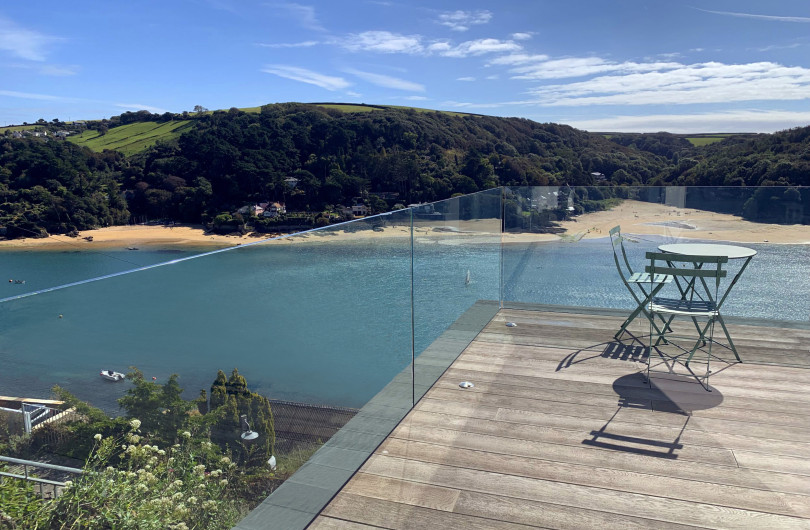
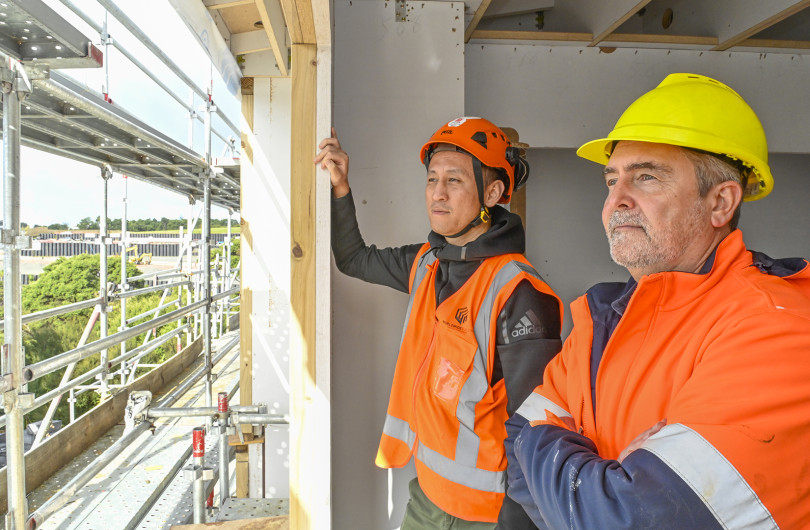
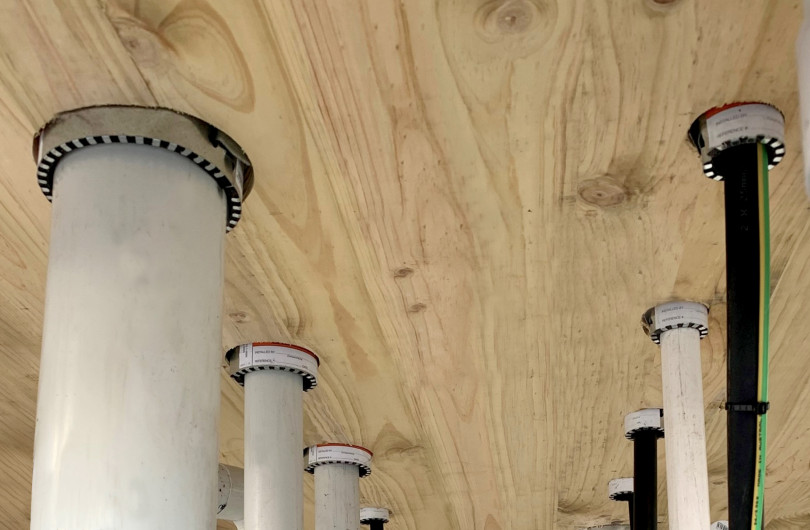

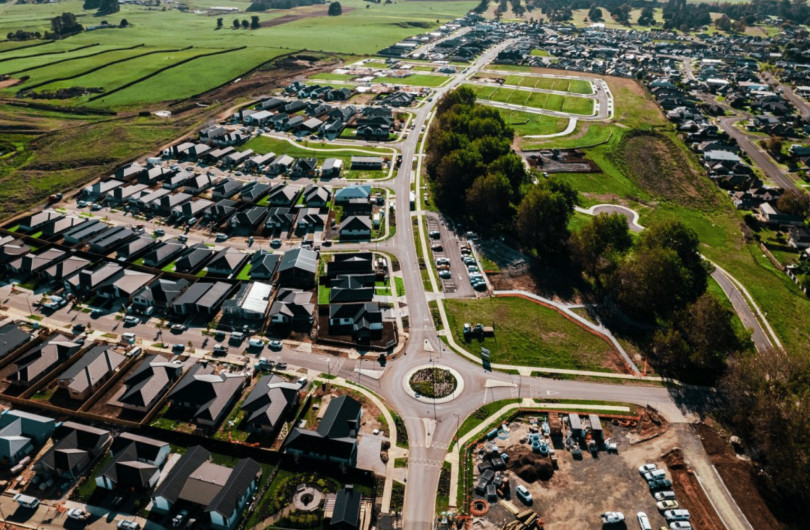

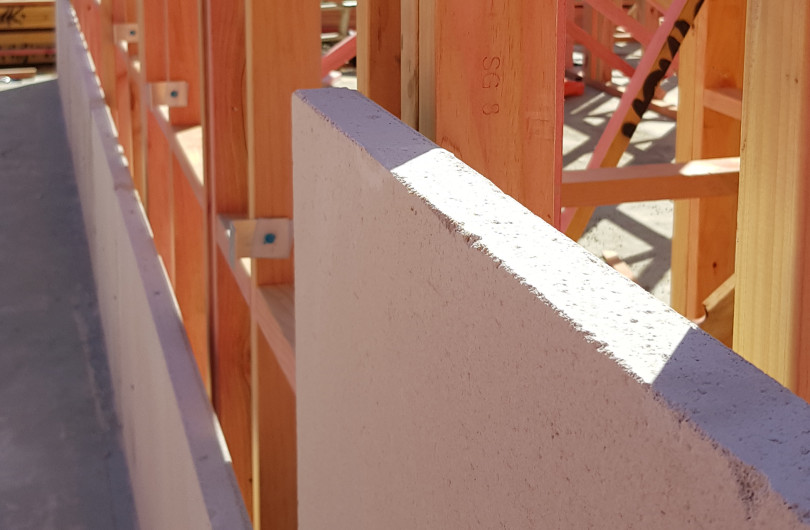







 Most Popular
Most Popular Popular Products
Popular Products



